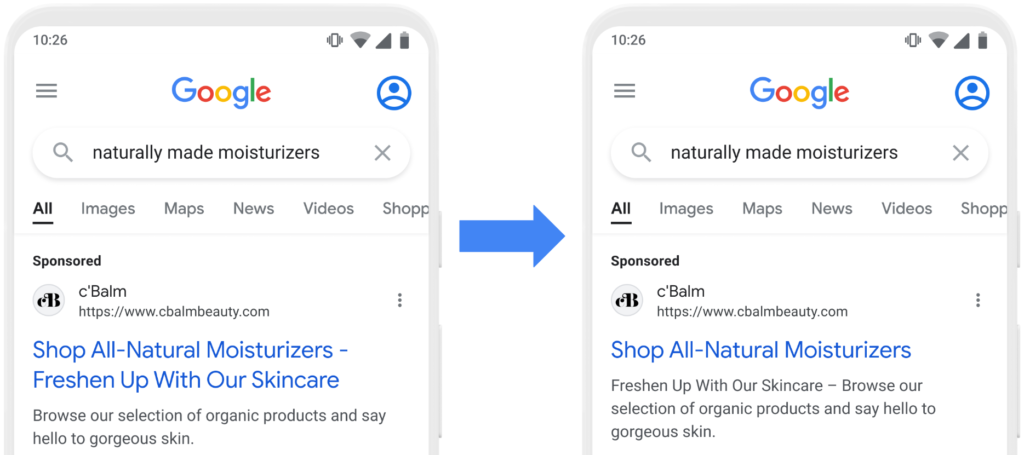When we think of artificial intelligence (AI), generative AI tools like ChatGPT may be the first thing that come to mind. But, these technologies have been present in our marketing tools for some time—perhaps most notably, in Google Ads.
Read on as we explore how AI and machine learning are impacting Google Ads, and how you can better leverage them to improve your own ad targeting, bidding, and overall campaign performance.
Sections
Google Smart Bidding automates the best bids for advertisers
Google’s Smart Bidding strategies use AI and machine learning to optimize your bids for a specific goal, be it conversions, conversion value, or clicks. You can even optimize your bids to meet a target CPA (cost per action) or ROAS (return on ad spend).
What’s more, these automated bid strategies automatically optimize your bids toward that goal in real-time, in each and every auction (Google calls this “auction-time bidding”). The end result is stronger bids, and stronger campaign performance.
Google AI works its magic to create the strongest ad in real-time
With Smart Bidding, Google sets bids to meet your goals in real-time for every auction. Google’s AI-powered ad creation takes that to a whole new level — by auto-magically creating a new ad, in real-time, that’s most likely to meet your performance goals. As the advertiser, all you have to do is upload possible headlines, copy, imagery and video assets for your campaign. Then Google does the rest, using AI to determine the best possible combination of those assets for each person seeing your ad.
For example, with responsive search ads, Google can serve up different combinations of your ad headlines and descriptions catered to each person encountering your ad. Google AI may even make a decision over whether one headline or two will be more effective for that person.

Dynamic display ads offer a similar AI-powered approach, but across the Google Display Network. With dynamic display ads, Google AI can adapt messaging, creative, and even layout in real-time for a specific viewer — driving even stronger results for your remarketing and prospecting campaigns.
And then there are Performance Max campaigns, which take the automation to a whole other level. Sometimes shortened to PMax, these campaigns leverage both AI and machine learning to not only create the best possible version of your ad in real-time (using assets you’ve uploaded), but to do so across multiple channels, including YouTube, Display Search, Discover, Gmail, and Maps.
Asset automation boosts ad performance and productivity
Google AI even works at an individual asset level. Let’s take a look at how these AI ad features can make your life even easier.
Automatically created assets are a campaign-level setting. When you opt in, Google can use generative AI to create additional headlines and descriptions for your search ads, which can then be used in combination with assets you’ve already uploaded.
Account level automated assets, on the other hand, are an account-level setting. Once you opt in, these can be used across your responsive search campaigns and may appear whenever Google AI predicts they will boost your ad’s performance with an individual user. Sometimes these assets will be ones you manually uploaded yourself. Other times, Google will use AI to curate and create these assets using information from your ad’s landing page.
Examples of account level automated assets include:
- Dynamic image assets
- Dynamic sitelinks
- Dynamic callouts
- Dynamic structured snippets
- Automated location assets
- Seller ratings
- Business information
AI and machine learning can take your ads to the next level
If there’s one thing we know about Google Ads, it’s that AI and machine learning will continue to get smarter and drive better performance for the advertisers who take advantage of them. If you’re ready to be one of those advertisers, contact Your Marketing People.







